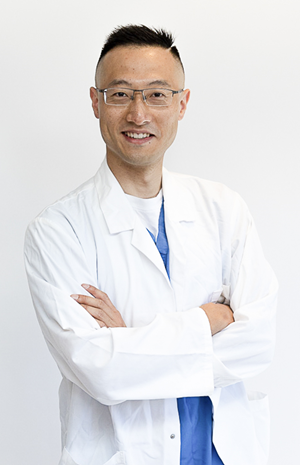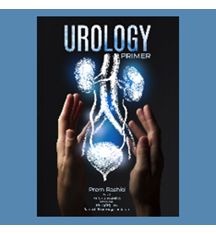2024 | Volume 25 | Issue 6
Dr Victor Kong, MD, PhD, ChM, MSc, DRCPSC, MRCS, FRACS - Trauma surgeon

Dr Victor Kong
Pre-hospital trauma alert: 'Young man, gunshot wound to the chest, thrown out of a stationary car in a car park – hypotensive and unresponsive, ETA 10 minutes. This may sound reasonably routine to any trauma surgeon in many parts of the world, but this young man made such an impression on me that I knew trauma surgery would be my career path for the years to come'.
It was summertime, and I was a final-year medical student at St Vincent’s University Hospital in Dublin. Professor John Ryan, a veteran emergency physician, was in charge. I had been in his department for several weeks, during which time I had worked hard to steadily accumulate my clinical experience and hone my practical skills. Professor Ryan would always treat his students well. He was an excellent clinician and a great teacher, who truly treated me as part of his ‘team’. I was assigned clinical tasks that were appropriate and clinically well supervised, and he would spend time sharing his experiences.
I particularly enjoyed working in the resuscitation room. Being a final-year medical student, I had never seen such a level of organisation and attention to detail. Moreover, it is exactly trauma patients such as the young man above who benefit the most from being in such a place. At that point, I had almost zero experience in trauma care and only a vague understanding of what the ATLS acronym meant (Advanced trauma life support). Gunshot wounds—were they not just from the movies? So, when that young man was rushed in by the paramedics with the Dublin Fire Brigade, I expected chaos, lots of shouting and panic. However, it was far from what I had expected; it was the real trauma team in action.
My senior registrar assisted me in successfully obtaining intravenous access. Within minutes the patient had been intubated, his chest tube inserted, and the source of haemorrhage identified. He had a major arterial injury that required immediate surgery. The ICU Specialist Registrar (SpR), who thought I was a Senior House Officer (SHO), asked if I could help him get the patient to the operating theatre. When I told the ICU SpR that I was ‘just a medical student’, Professor Ryan said, ”He is not ‘just a medical student; he is our student doctor, and he is part of our trauma team. He will help you – he is great.”
My adrenaline surge was kept in check by the calm and controlled manner in which the resuscitation was handled. I was extremely impressed and completely blown away. Most importantly, I had the incredible privilege to be part of the trauma team that took care of the young man.
I followed up the patient every day during his stay. I watched him extubated in ICU, saw him wake up the next day and speak to his mother, worked with the physiotherapist and witnessed his chest tube being removed. I also caught him smoking a cigarette near the hospital entrance. Although I never found out what happened to him on that day, I saw him undergo a remarkable recovery and eventually be discharged home—as if nothing had ever happened to him. In my impressionable young mind, it was nothing short of a miracle.
From that day onward I was more determined than ever that trauma surgery is what I wanted to pursue as a career. Little did I know it would lead me on an incredible journey of surgical training that stretched from South Africa to the United Kingdom, Australia, and eventually back to New Zealand. From time to time, I do wonder what my career path would have been like if it were not for this young man.

